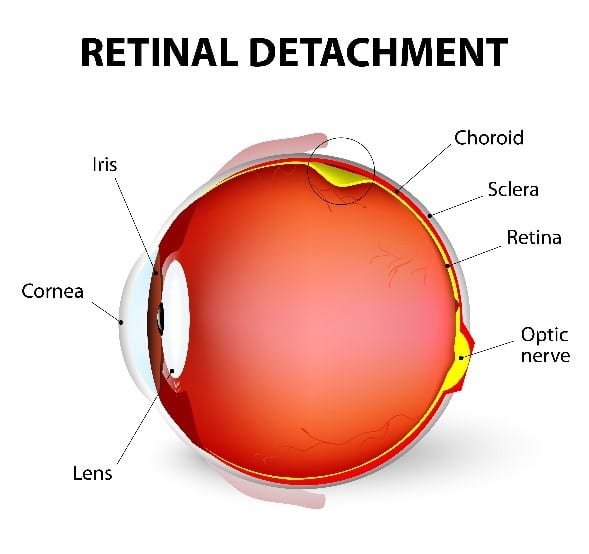Retinal Detachment
Retinal detachment is a serious eye condition that occurs when the retina, the thin layer of tissue at the back of the eye responsible for vision, pulls away from its normal position. The retina cannot function properly when detached, and if not promptly treated, it can lead to permanent vision loss.
Risk factors for retinal detachment include aging, a family history of retinal detachment, previous eye injury or surgery, and conditions like high myopia (nearsightedness) or diabetic retinopathy.
Treatment for retinal detachment typically involves surgery to repair the retina and reattach it to the underlying tissue. The choice of surgical procedure depends on the type and extent of detachment.
It is crucial to seek immediate medical attention if you experience symptoms of retinal detachment, as prompt treatment significantly increases the chances of preserving vision. Regular eye exams are also important, especially for individuals with risk factors, to detect and address any potential issues early on.

Retinal Detachment at Retivision Superspeciality Eye Centre
Rhegmatogenous Retinal Detachment (RRD) This is the most common type and usually occurs due to a tear or hole in the retina
Tractional Retinal Detachment (TRD) TRD happens when scar tissue on the retina’s surface contracts and causes the retina to pull away.
Exudative (Serous) Retinal Detachment This type involves the accumulation of fluid in the subretinal space without a tear or hole in the retina.
Sudden onset of floaters (spots or specks that seem to drift in your field of vision). Flashes of light in the affected eye
